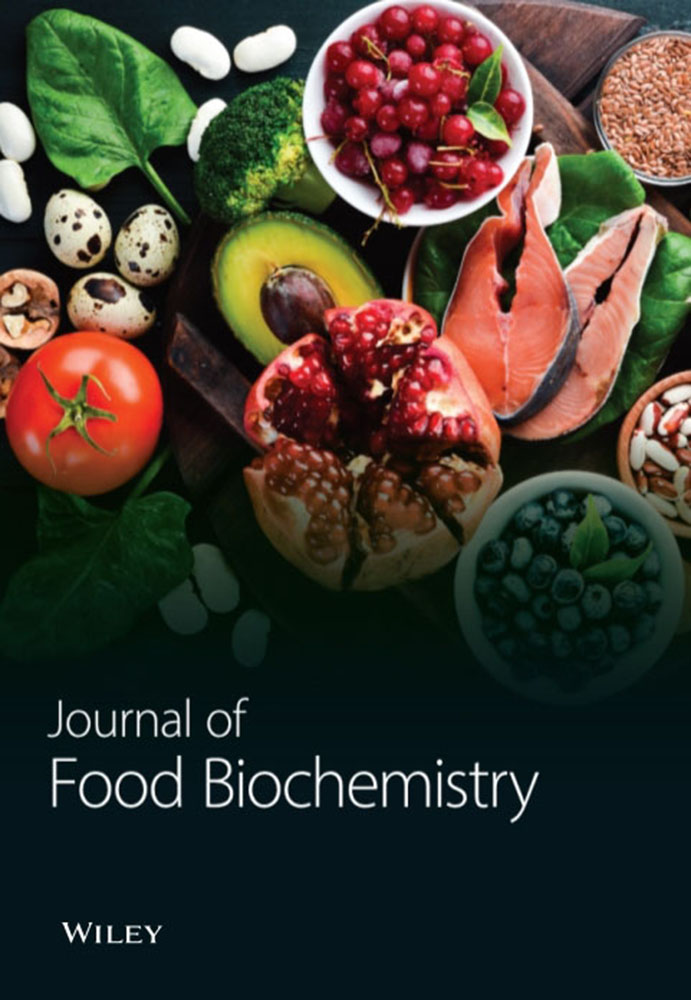Study on the Anti-Vasculogenic Mimicry Effect of Duchesnea indica (Andr.) Focke Acidic Polysaccharide in Colon Cancer
Abstract
Vasculogenic mimicry (VM) is an endothelium-independent tumor microcirculation that provides adequate blood supply for tumor growth, which is closely associated with the poor prognosis of colon cancer. As a traditional medicinal plant, Duchesnea indica has shown a new potential in preventing the progress of colon cancer. This research aims to investigate whether the polysaccharide of Duchesnea indica (DIP2) has an effective ability to inhibit VM in colon cancer and to further study its mechanism of action. In in vitro experiments, three-dimensional tubule and invasion experiments proved that DIP2 could inhibit CoCl2-induced VM and invasion. Western blot and RT-PCR results revealed a dose-dependent inhibition by DIP2 on the expression of VM-related proteins and genes. In vivo experiments have shown that DIP2 has a dose-dependent inhibitory effect on colon cancer tumor growth and can reduce the sudden weight loss of transplanted tumors in nude mice. H&E staining showed that DIP2 could alleviate the deterioration of cell morphology caused by tumor. The results of CD31/PAS double staining showed that DIP2 could inhibit the occurrence of VM in colon cancer. Meanwhile, DIP2 also suppressed the expression of proteins and genes related to the VEGF/PI3K/AKT and Wnt3a/β-catenin signaling pathways. The inhibition of VM process in tumor cells by DIP2 is believed to contribute to its potential as an antitumor agent. As a useful and untapped pharmaceutical/food resource, Duchesnea indica has great prospects for application.


 求助内容:
求助内容: 应助结果提醒方式:
应助结果提醒方式:


